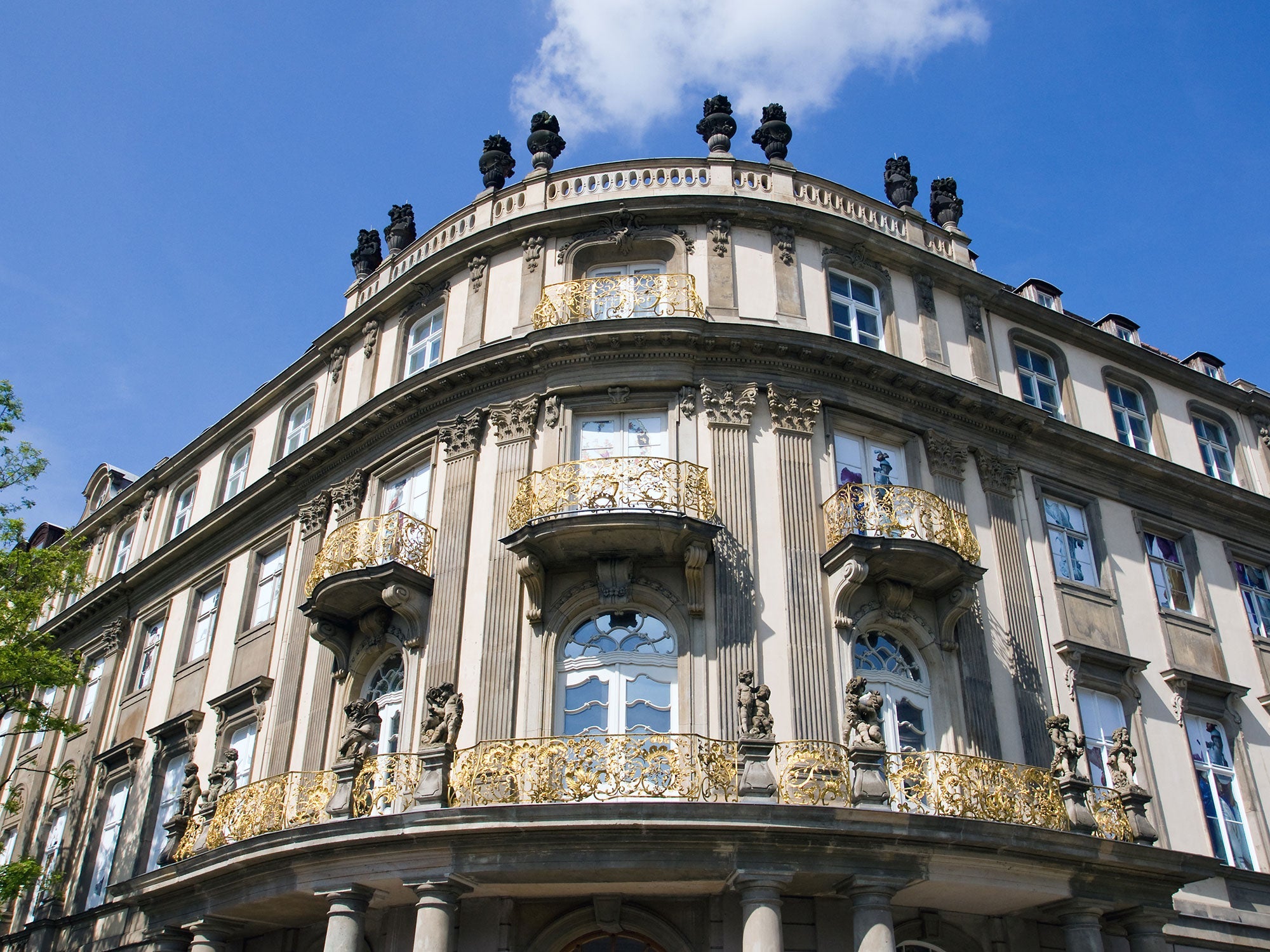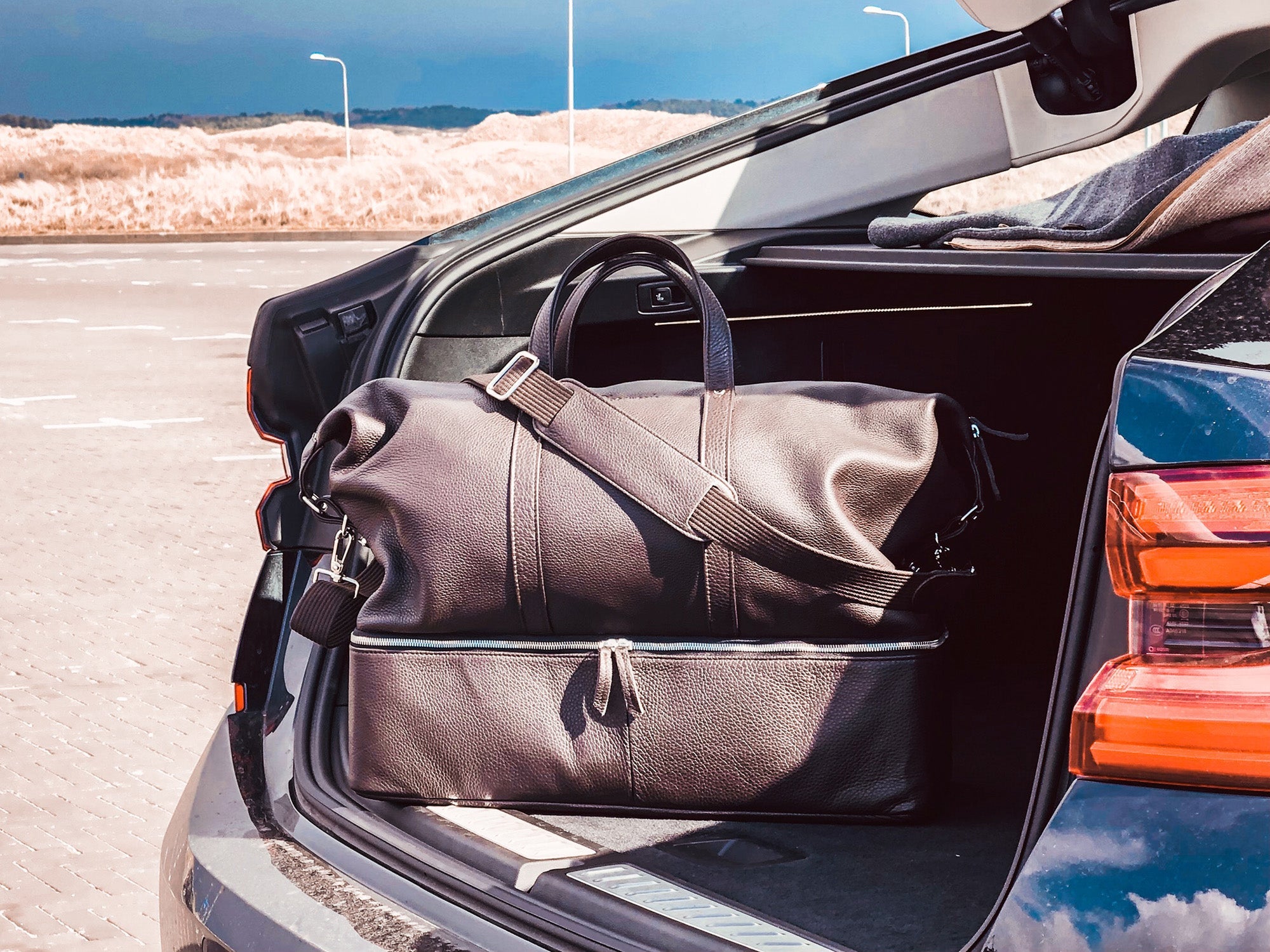
Architectural photography: capturing the essence of structures
In architectural photography, the subject itself cannot be influenced. For you as a photographer, it's all about finding the best angle and taking the weather and time of day into account. There are also special camera settings that improve the quality of building shots. Here you can read what you should know about architectural photography, whether you're an amateur or a professional.
Preparing the building shot
Before you start photographing architecture, you should take a few preparatory steps. Above all, this includes finding a suitable subject and thinking about the weather conditions and time of day when taking the photo.
Finding the perfect subject
The first step is to think about which building you want to photograph. You can, for example, invest time in planning and research online in advance. Or you can go to the city of your choice and find the subject of your dreams through observation. It's worth being out and about at different times of day, as the lighting conditions can make a huge difference.
Weather conditions and times of day
You basically have two options when taking architectural photos: You take the photo in daylight and sunny weather or you take advantage of the so-called blue hour. This is the time directly after sunset. Here, the sky takes on different colors, which puts building facades in a beautiful light and gives them an almost luminous appearance.
Midday is the best time for daylight shots. When the sun is at its highest point, there are also the hardest shadows. This intensifies the colors and contrasts and thus enhances the aesthetics of the pictures. If there are a few clouds in the sky, long exposures produce beautiful effects.
Of course, pictures taken during storms and thunderstorms are also popular. They trigger a multi-sensory and dramatic feeling in the viewer.
The most important equipment for architectural photography
Standard equipment is all you need to get started with architectural photography. Specialist equipment may be required for professional shots.
- Camera: In principle, you can use any camera for architectural photography. However, make sure that you can make manual settings on your camera.
- Tripod: A tripod is essential, as it is difficult to hold the camera by hand at longer exposure times. The shutter speed of several minutes allows you to block out the movement of passers-by or clouds. A tripod also allows you to set the camera angle very precisely, which is an advantage when photographing buildings.
- Lens: Longer focal lengths are recommended for taking photos from a great distance or capturing small details. Wide-angle lenses are important for capturing large buildings in their entirety. They should be in the range of 10 to 24 mm. Tilt-shift lenses are also useful for correcting perspective distortions.
- Drone: For unique perspectives and aerial shots, a drone can be very helpful. It allows you to photograph buildings and their surroundings from unusual angles that you can't access with a tripod. However, make sure that you are allowed to use the drone. In most cases, you will need permission to do so.
You can also find the right camera bag for your equipment and everything you need to protect your camera in our Oberwerth Shop. From classic camera bags and modern sling bags to elegant photo weekenders and rucksacks. Of course, you will also find hand straps and shoulder straps here. Finest craftsmanship made from the best materials. Take a look around and find the bags & accessories that best suit you and your equipment!
The right camera settings for shooting buildings
Long exposure times are necessary when photographing buildings. You need good gray filters to hold back the light during the day. The choice here depends on the lighting conditions. The stronger the ND filter, the longer exposure times are possible and the better the photos will be, even in bright light. An ND8 filter is usually sufficient for buildings. The aperture must be around 1:10 to maintain the clarity of the image. A low ISO 100 or ISO 200 prevents image noise and thus increases the image quality. The shutter speed can then vary. Start at 1/125 second and adjust the setting depending on the result.
Tips for taking pictures of buildings from the outside
When you take a picture of a building from the outside, you cannot control the surroundings. Weather, building design, location etc. are given and cannot be changed. Your main task is therefore to find the right moment for the shot and choose the perspective.
To avoid distortion, your point of view should be approximately halfway up the subject. Very tall buildings can therefore only be captured from further away or from an elevation. If there is a minimal amount of falling lines, the blemish can often be corrected in a post-processing program. Your shots will look particularly professional if you align the sensor exactly parallel to the building. It can also be worth trying out different perspectives to gradually find new and interesting angles.
Tips for photographing interiors
Preparation plays an important role if you want to photograph interiors. This includes, for example, rearranging furniture and making sure that everything has been thoroughly cleaned. The photos are then best taken from a kneeling or sitting position. Hold your camera about 80 to 100 centimeters above the floor. This way, the focus is not on the walls and doors, but on the furnishings. Poor lighting can be compensated for with an external flash if necessary.
Observe the copyright
Copyright law applies to building photography. The legal basis here is § 59 of the Copyright Act. This states that it is permissible to photograph buildings on public property from the outside and to distribute the images. There are sometimes restrictions on commercial use.
It is necessary to check independently whether the structure is actually located on public paths, squares or roads. A path that can only be entered through a gate or barrier is obviously not public.
Otherwise, you benefit from the freedom of panorama. This means that if you are in a public place, you can take pictures of anything you can see with your own eyes. However, your legs must be on the ground. You are not allowed to use a ladder, a high tripod or a drone to take photos of buildings that are not on public property.

